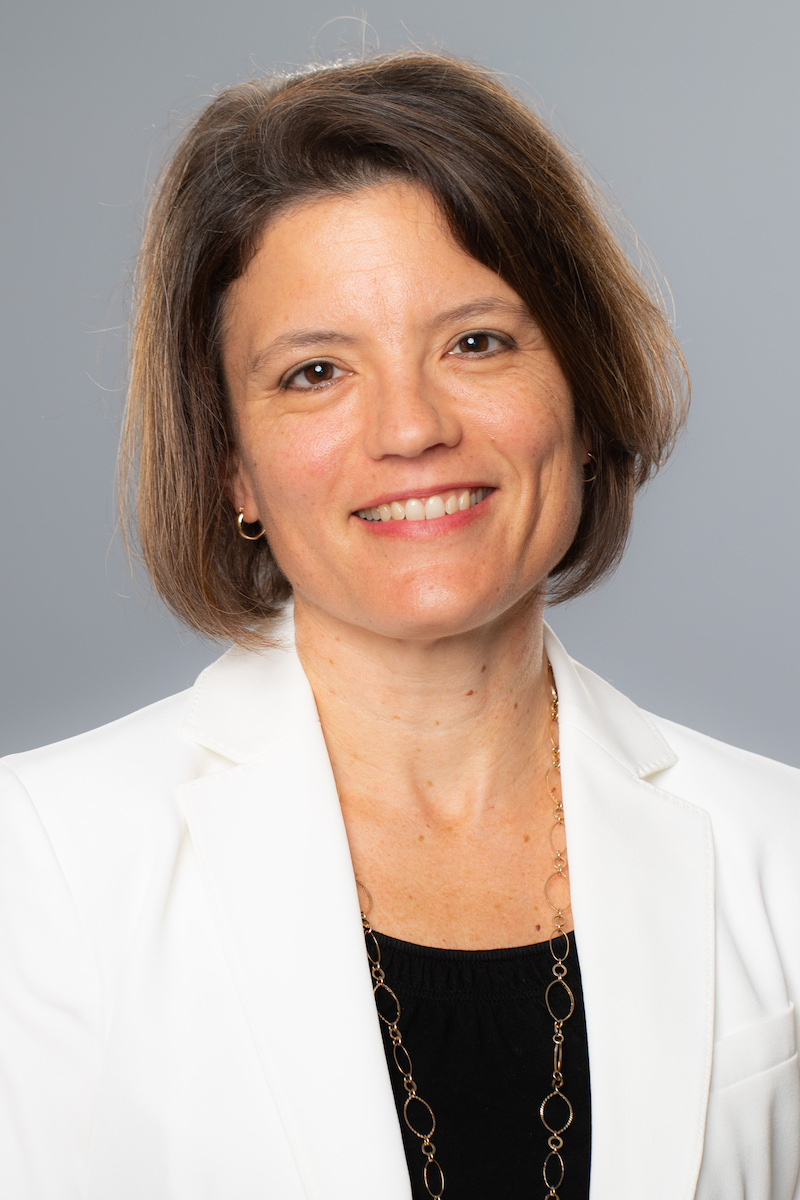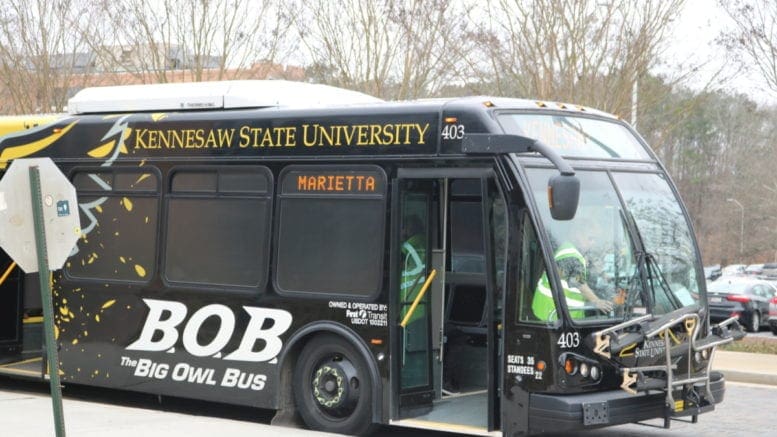[This article by Abbey O’Brien Barrows was published on the Kennesaw State University website. To read the original article follow this link]
KENNESAW, Ga. | Nov 28, 2022
Kennesaw State University researcher Christina Scherrer’s studies on school-based dental health programs have shown how effective they can be in reducing tooth decay in elementary-aged children. Now, through a grant from the National Institutes of Health (NIH), Scherrer is expanding her research to see if similar programs can also help children in middle school.

“Dental problems are a significant contributor to children being out of school for pain and discomfort,” said Scherrer, professor and department chair of industrial and systems engineering in the Southern Polytechnic College of Engineering and Engineering Technology (SPCEET). “Data also shows that children who do not receive good oral healthcare can have diminished health later in life.”
According to Scherrer, who is working with Shillpa Naavaal, associate professor in Virginia Commonwealth University’s School of Dentistry, school-based dental programs are important, especially in low-income areas where parents may not have the means to take their children to a dentist. The researchers will use the more than $400,000 NIH grant to survey school sealant program directors and state oral health directors around the United States to determine how they are using school-based sealant programs and then dive into data on children’s teeth.
“We know sealants work, and we know that school-based sealant programs work,” Scherrer said. “However, most of these programs are in elementary schools and what we don’t know is how it looks different in a middle school. Our hypothesis is that perhaps children’s first molars are in better shape because they’re more likely to get sealed in these school-based programs and the second molars, those that typically come in between the ages of 11 and 13, are not.”
Scherrer and Naavaal will use data from the Centers for Disease Control and Prevention (CDC), which details children’s teeth including those that have sealants, have decay, and that are missing, in addition to demographic data. Once the research team has analyzed the CDC data and survey results, they will build a simulation model to see what the likely benefit would be of increasing school-based sealant programs for middle schoolers.
Once the simulation model is built, the team will be able to estimate the impact of increasing the number of middle-school-based sealant programs on children’s teeth. If their results support the belief that more school-based sealant programs will improve children’s oral health in a cost-effective way, the goal is to apply for funding to help implement more programs.
“Dr. Scherrer continues to impress us with her community-focused and impactful research,” said SPCEET Dean Ian Ferguson. “It is an incredible honor to receive three NIH grants within the past year. It is clear that she and her research teams are making a difference in children’s lives. We look forward to continuing to follow her projects over the next several years.”
Earlier this year, Scherrer started work on her first NIH grant for a project aimed at assessing and reducing barriers associated with primary care doctors applying fluoride varnish on children’s teeth. She has been researching children’s oral health for more than a decade.
– Abbey O’Brien Barrows


